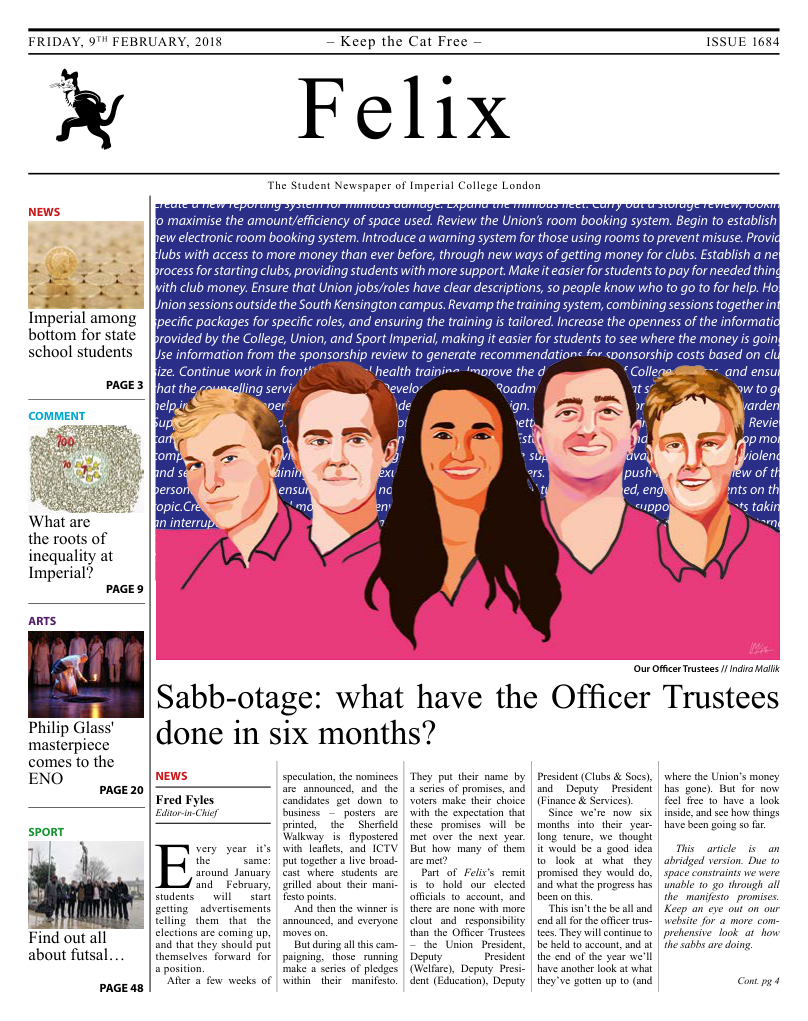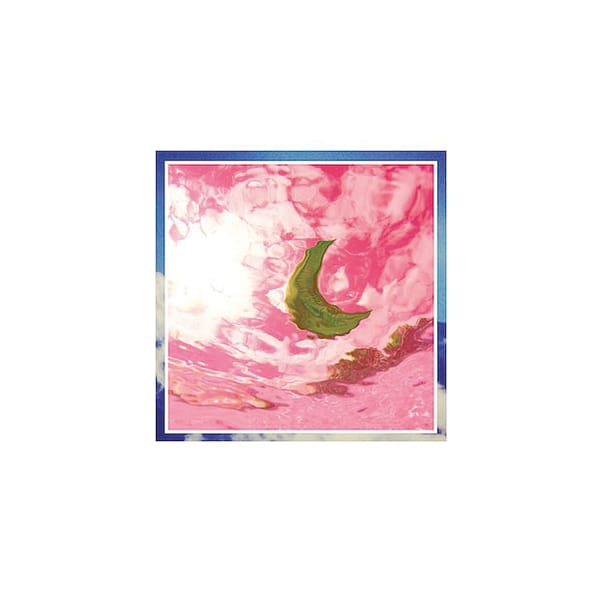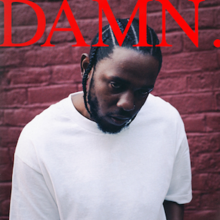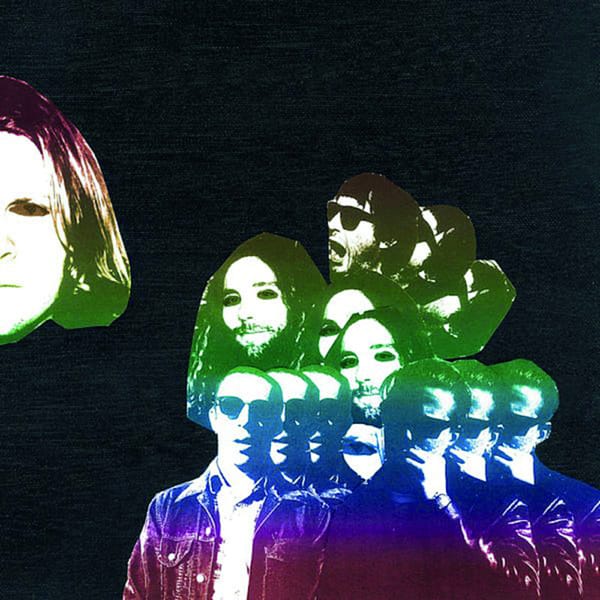A brief, mostly wrong history of the lo-fi aesthetic
How can something that sounds so bad in principle sound so very good in practice? Felix investigates.

In a world far before the age of high-fidelity recording, there was the gramophone. Recordings from the era are near-inaudible; the band plays as loudly as possible, so as to make the recording as clear as can be. The sound is marked by tinniness and an unmistakable crackling sound, as the needle sensing the audio encoded on cylinders of wax skated over random bumps and dips that weren’t supposed to be there.
Fast forward forty years. Barriers were falling. A ‘lo-fi’ hit had already charted; Johnny Ace’s ‘My Song’, recorded in 15 minutes in a radio station, hit # 1 on the R&B charts in 1953. And, as people began to gravitate towards new genres that eschewed studio time, the necessary compromises of recording in less-than-ideal circumstances caused a sea change in aesthetics palatable to the common audience.
Well, maybe not to all the ears of the time. The Beach Boys released a trio of albums in 1967 and 1968 (Smiley Smile, Wild Honey, and Friends), recorded in Brian Wilson’s makeshift home studio. Now packaged in the “Bedroom Tapes,” the albums were the first properly lo-fi (as far as production is concerned) in existence.
In the ensuing decade, little headway was made. Artists like Paul McCartney and J.W. Farquhar recorded on portable equipment, but such projects saw little cultural acclaim. The lo-fi aesthetic belonged to the punks at this point – nobody else was too bothered about it.
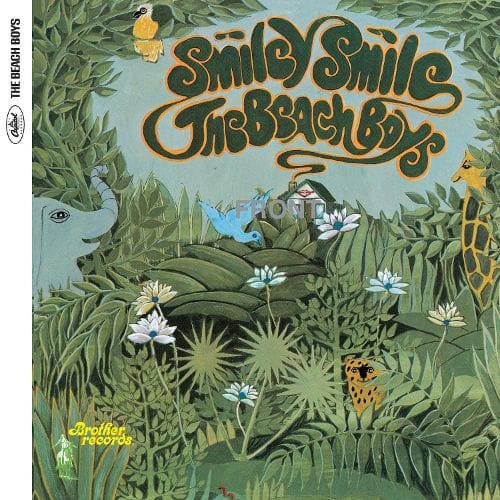
But the lo-fi aesthetic lived on. The rise of punk, grunge, and shoegaze in the 80s and 90s brought a revival to the sound, with renowned bands like Operation Ivy, Slowdive, and Nirvana all experimenting with low fidelity production to some extent or another. And oddly enough, there was some folk around, too.
The late 80s saw the formation of Neutral Milk Hotel, arguably the most recognizable act in the genre. If you haven’t already, treat yourself to 1999’s In the Aeroplane Over the Sea, a disorienting barrage – nay, masterwork – of eclectic instrumentation, abstract lyricism, and a raw, distorted passion. The album has become a cultural icon, a touchstone among fellow music nerds when I lived in the States. Largely a continuation of their earlier work (their 1996 debut On Avery Island: fantastic btw). Neutral Milk Hotel blended a folk-punk sensibility with something more profound, and that magic glue is the lo-fi aesthetic that allows such abstract lyrics to feel close, personal, confessional.
Speaking of personal, confessional lyricism, there’s more folk to bring up. Through the 80s, John Darnielle was recovering from a rough home life, taking methamphetamine, working as a psychiatric nurse, and playing guitar. In 1991, he went off to college, studied English, and started recording his guitar playing into his boombox. These tapes became the first Mountain Goats releases; since then a fecund poet, Darnielle’s distorted voice can be found nurturing disgruntled, literary-minded twenty-somethings late into the night, lyrics peppered with pathos.
Emo came into its own at about this time, and boy did they pick up big on the sound. Bands like Sunny Day Real Estate and Modest Mouse took the subtle grit and ran with it. Nay, emo became lo-fi, to the point where even relatively new acts like Elvis Depressedly connect to the genre essentially through their down vibes and lo-fi sound, breaking nearly entirely in terms of instrumentation and licks. And while I’m still (obliged to be) talking about emo, I must mention Brand New, whose later albums dip into the aesthetic quite readily. I should also mention Jesse Lacey allegedly jerked it in front of teenagers over Skype though, so don’t give them your ad revenue. Or, really, don’t listen to emo, because there’s nothing more aggravatingly grating to me than listening to music with the emotional depth of a wet rag. Hate mail will be forwarded to my recycling bin.
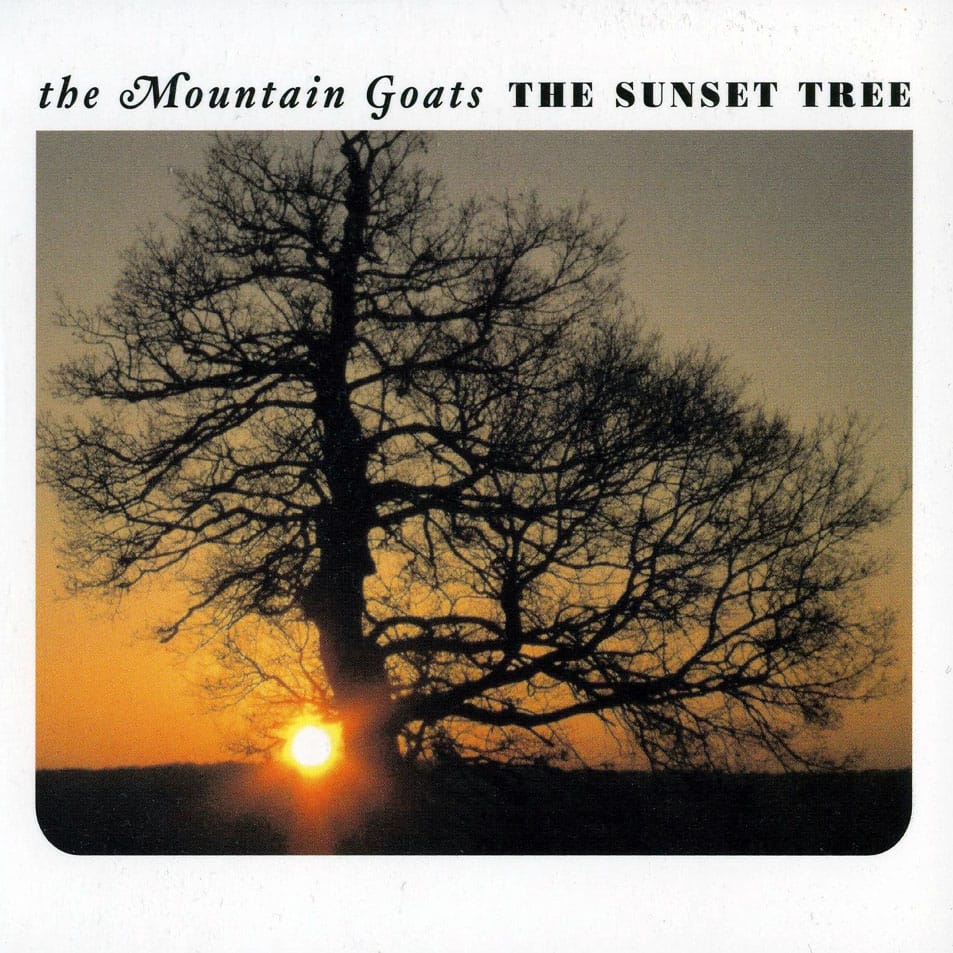
Then, the 2000s dawned. Godspeed You! Black Emperor made selective use of lo-fi to add texture over their rock-kitted orchestra, featuring field recordings (and a chilling bagpipe recording off F#A#). Indie went down a lo-fi rabbit hole, as did the rap game (El-P and the Def Jux guys).
And electronica. Chillwave and glo-fi emerged in the late noughts, and while it was hype for a time, it soon died down. Or did it? An offshoot of the above revolves around J-Dilla or Nujabes-style beats, oft referred to simply as “lo-fi hip hop,” taking samples of jazz songs and looping them over a funk break. Cop a jhfly album, it’s worth it.
Oh, and vaporwave, I guess. But that’s a meme anyways, so whatever.
Lo-fi techniques are varied. Many artists will blend the hiss of vinyl back into their music for a warm and nostalgic mood. Others roll off the highs, yielding a mellower, muted sound. Some crank gain and seethe white noise. Punk bands go for a DIY sound to match the ethos of the music; Godspeed uses it to build a setting. Folk bands use rough equipment to cultivate an air of honesty and sincerity. When contextualized, the lo-fi aesthetic lends the artist a powerful creative tool – and its effect on the listener.
So, um, why? What is it exactly that makes lo-fi so appealing, from Mac DeMarco to FIDLAR? In my pretentious opinion, lo-fi breaks the fourth wall. Most music is recorded to remove any imperfection in the process of recording, to capture the music and nothing else. The specifics of the recording are inconsequential. Contrast this to lo-fi, which confronts the listener with the nitty-gritty of the album being assembled in the very fabric of the album; the experience becomes much more personal and raw. This closeness, often bolstered by room acoustics, gives lo-fi its intimacy.
Fuck it, let’s all go back to the wax.

